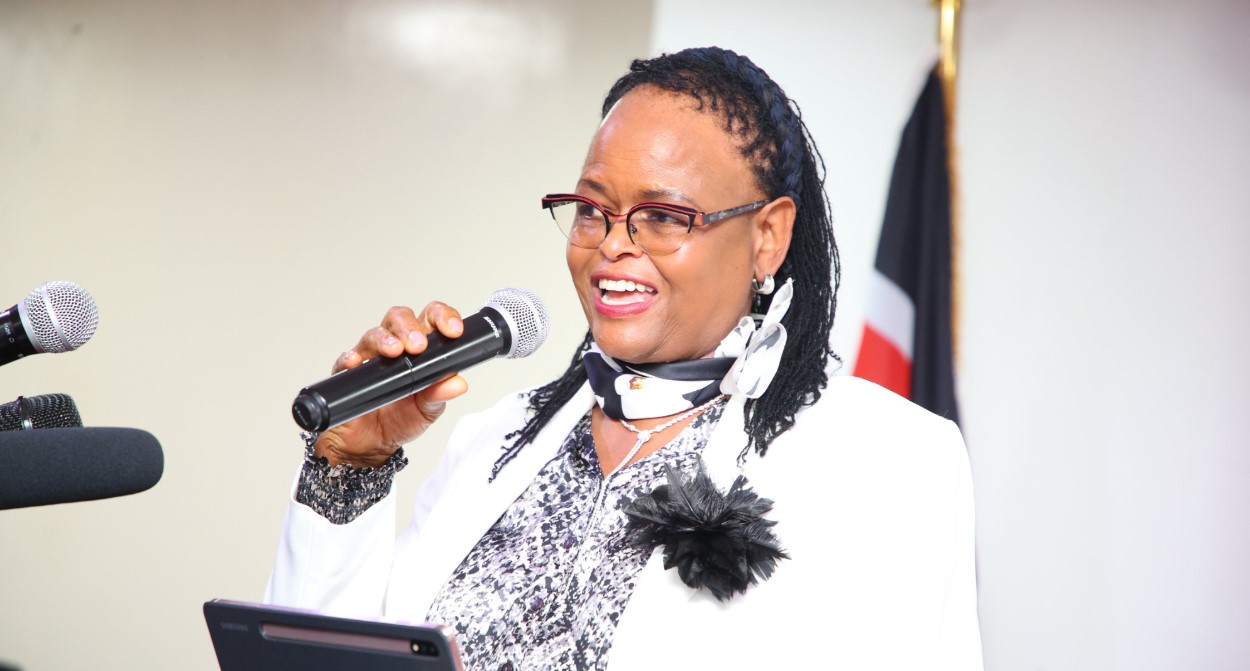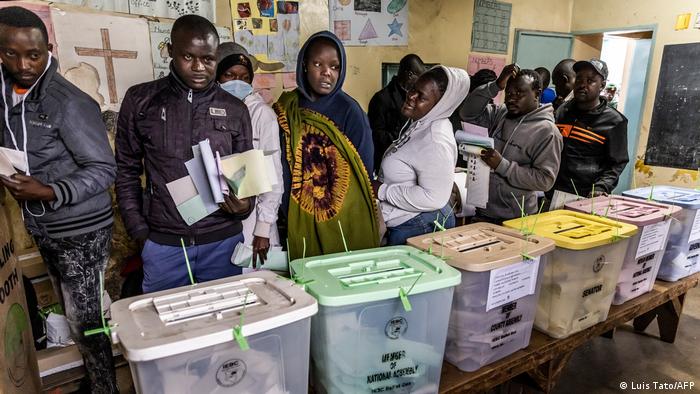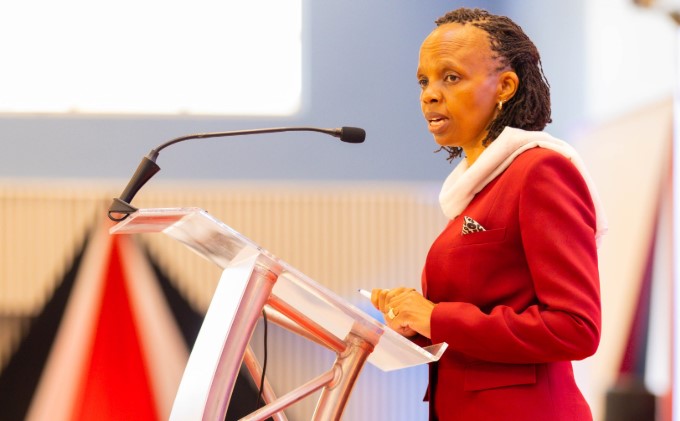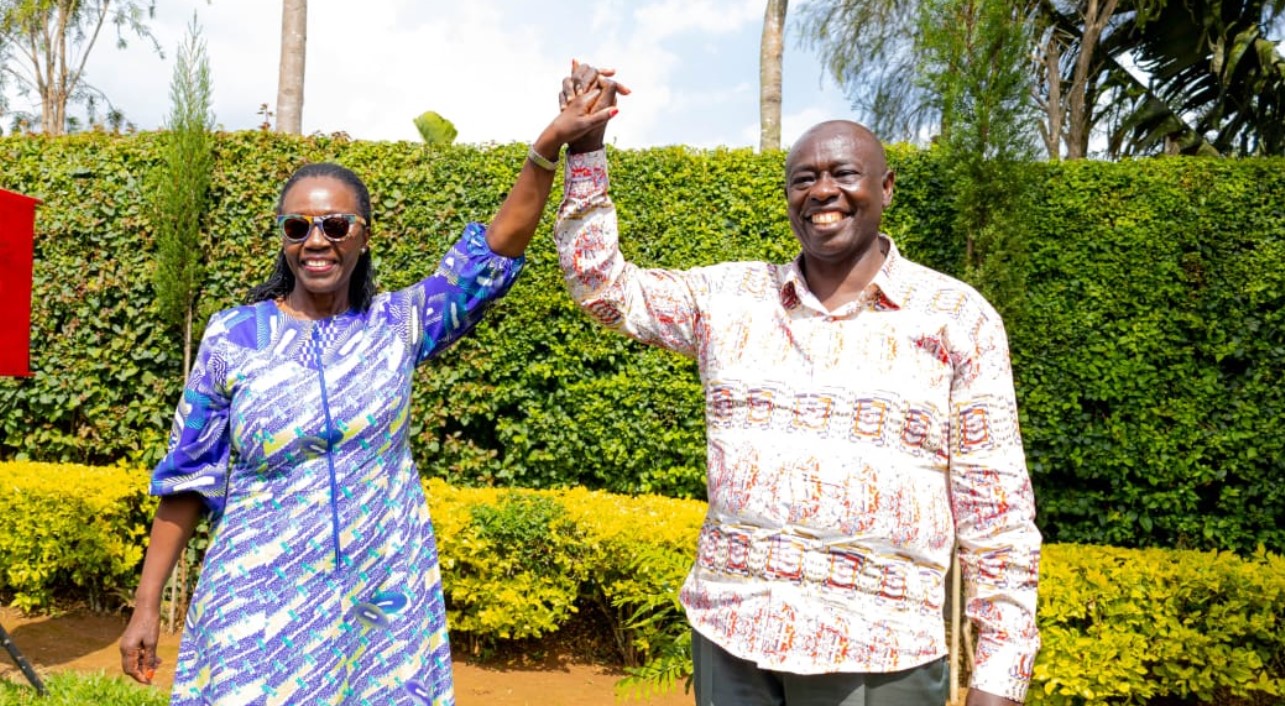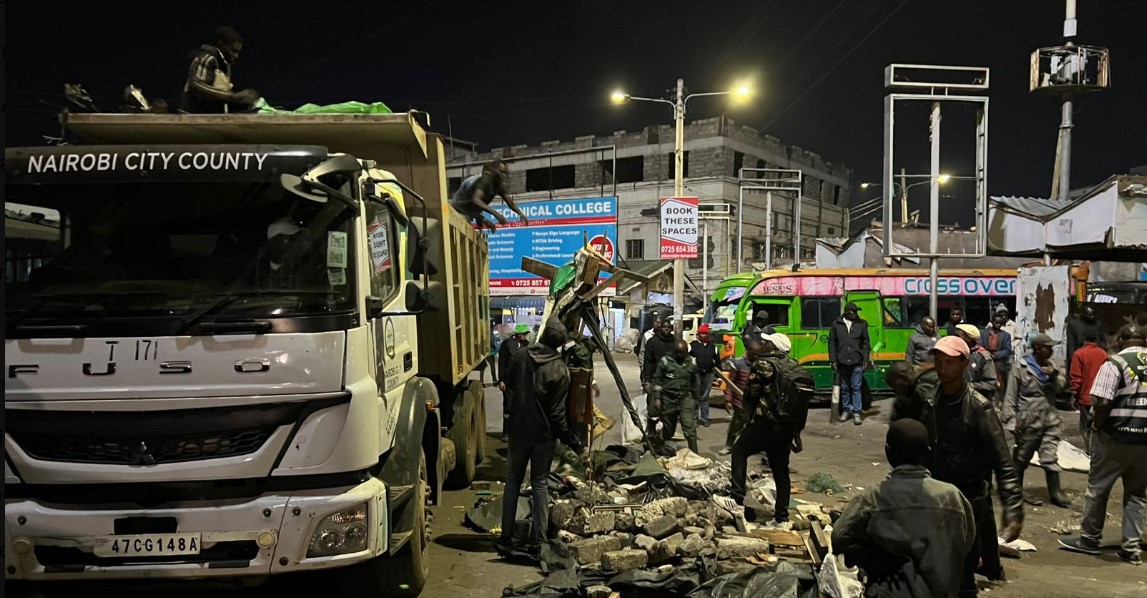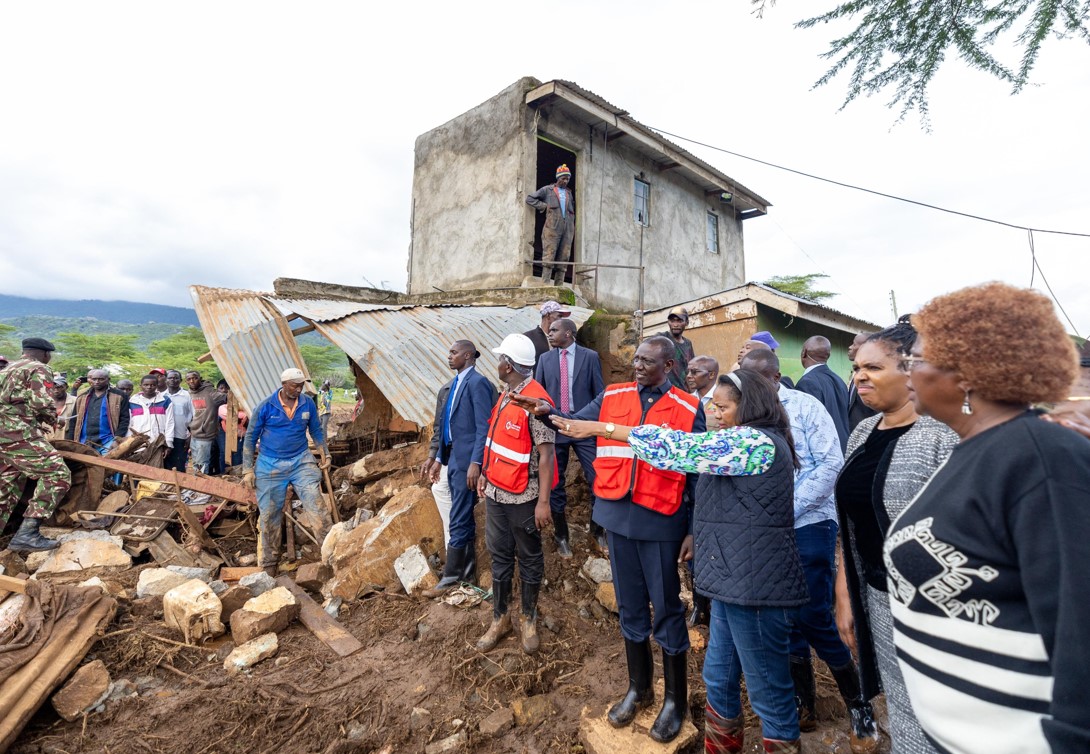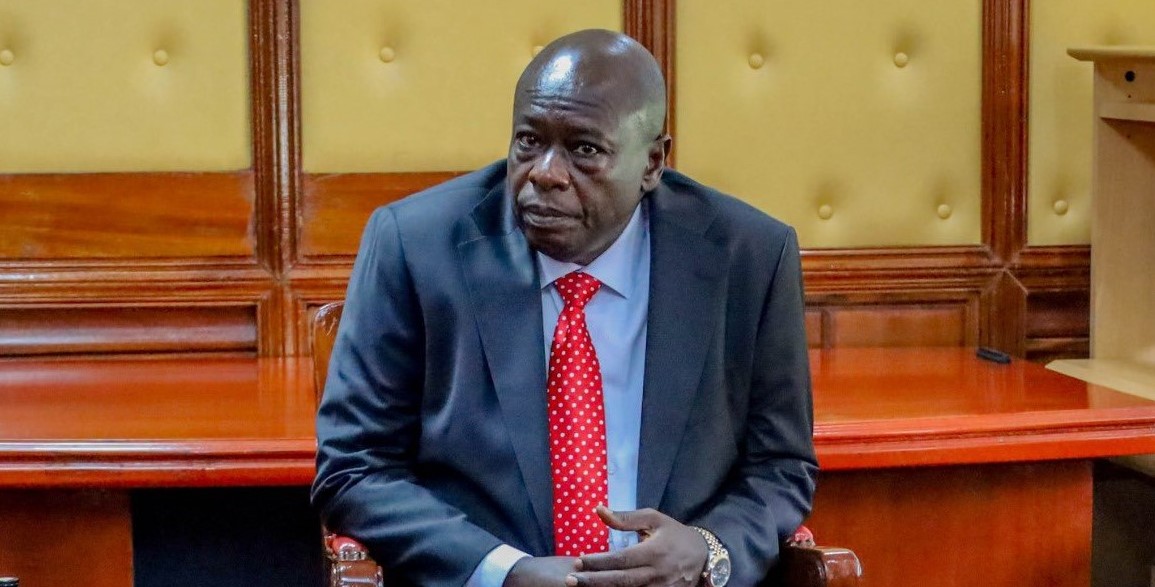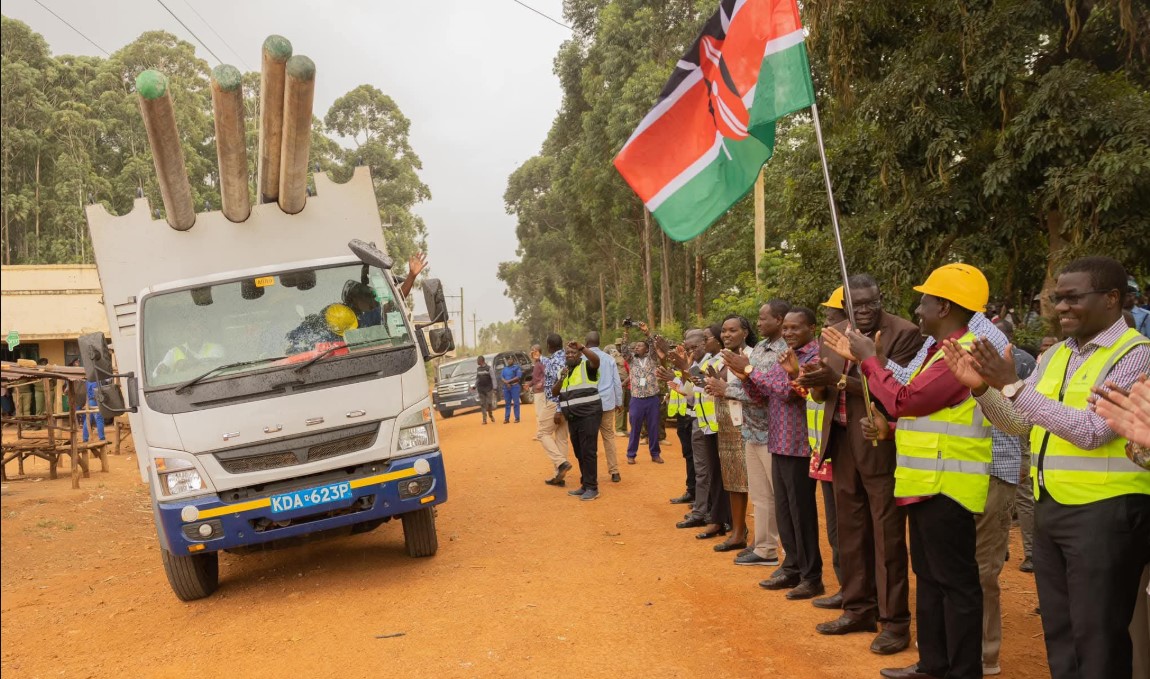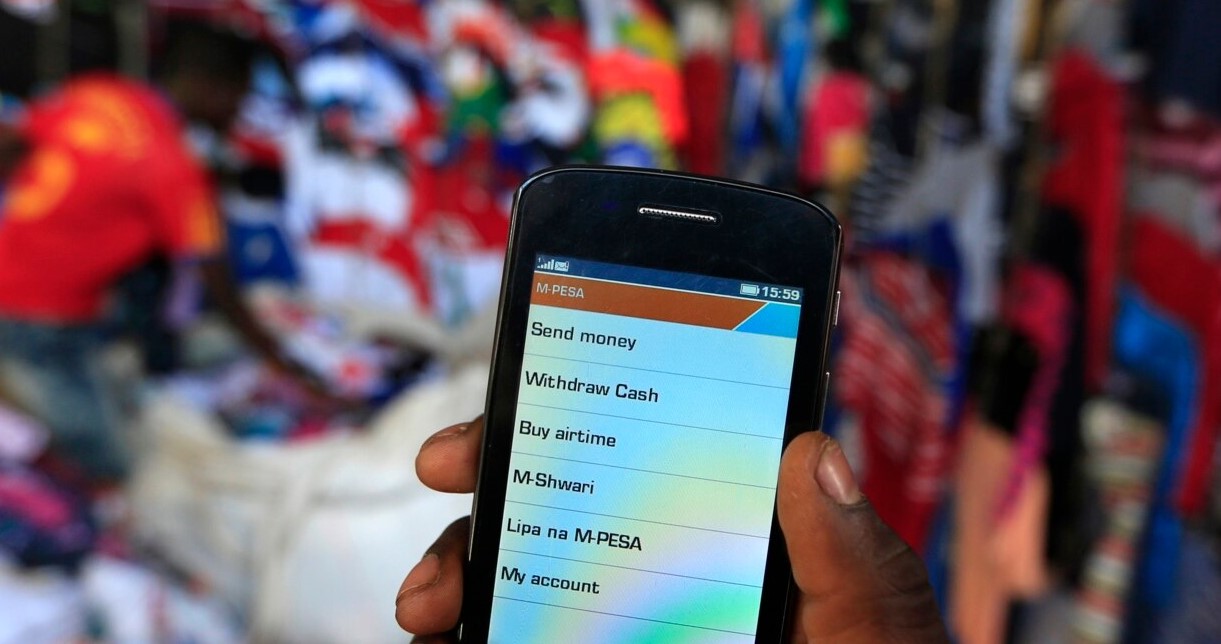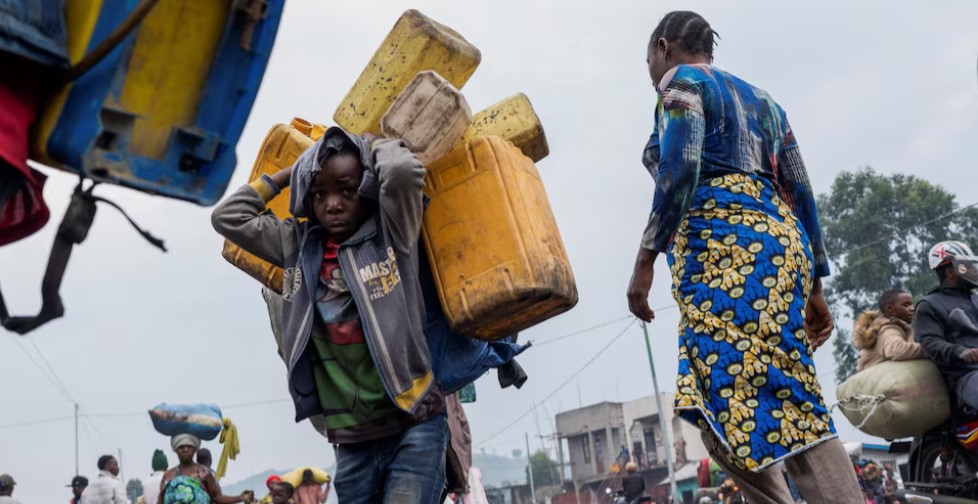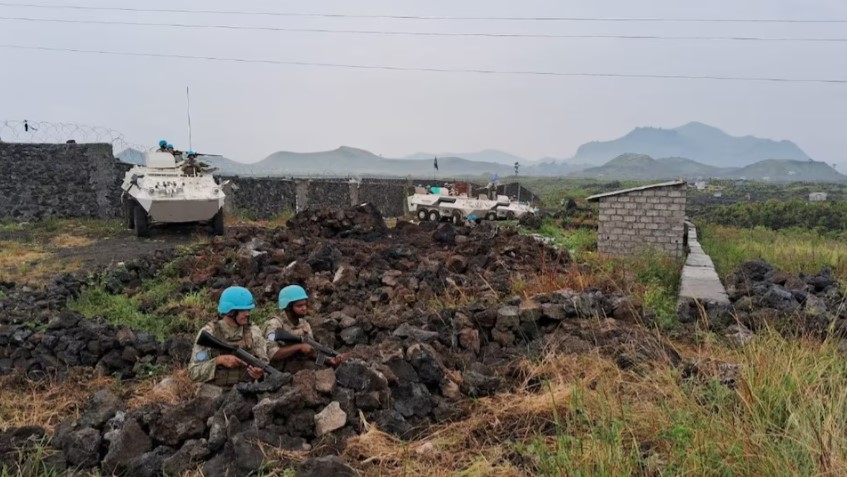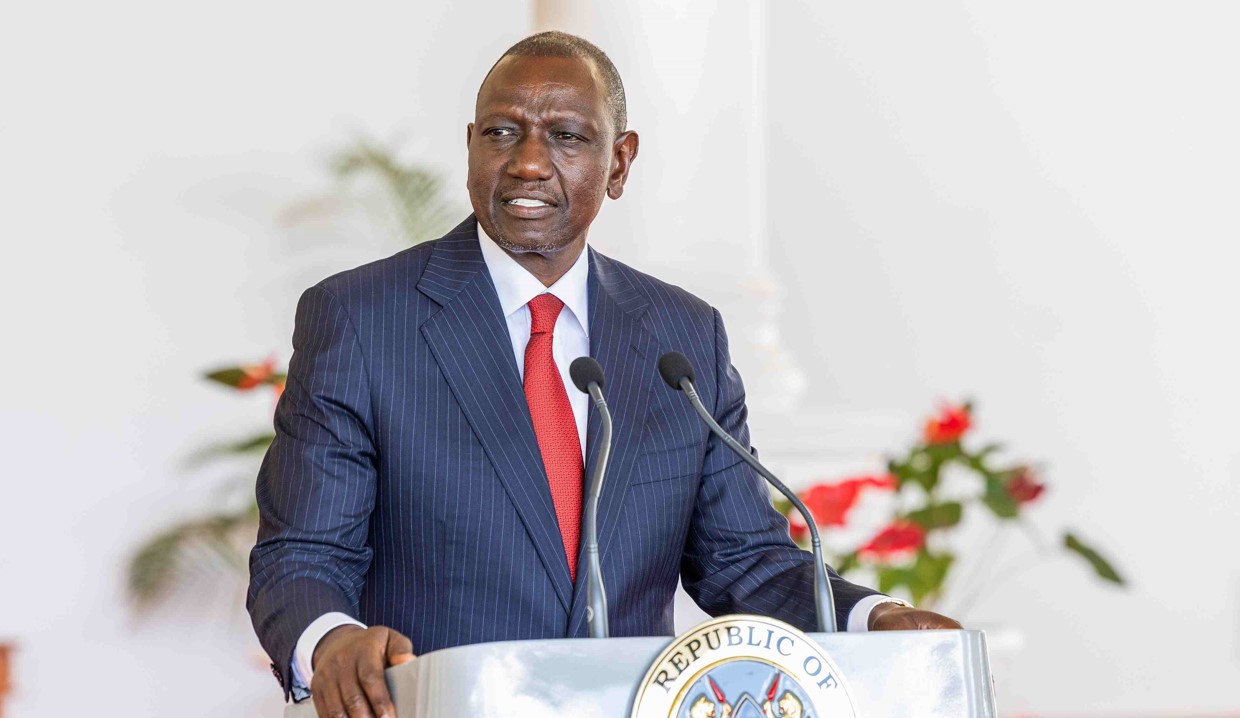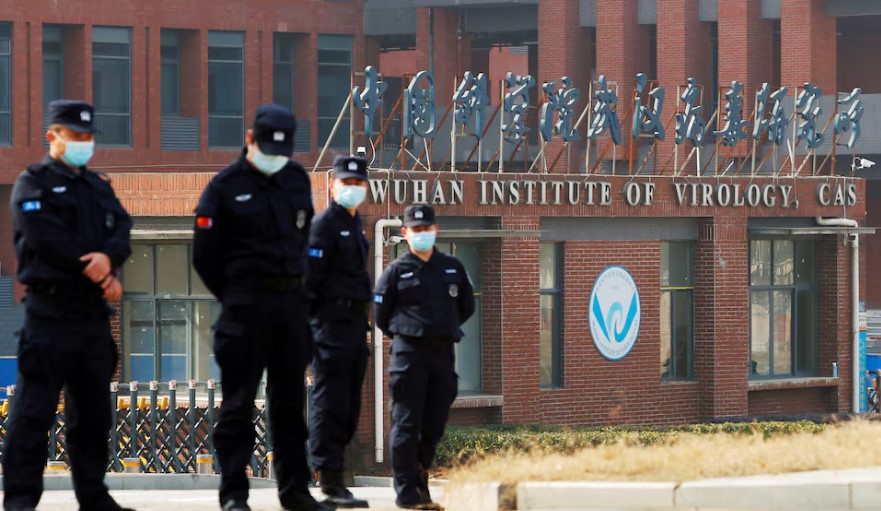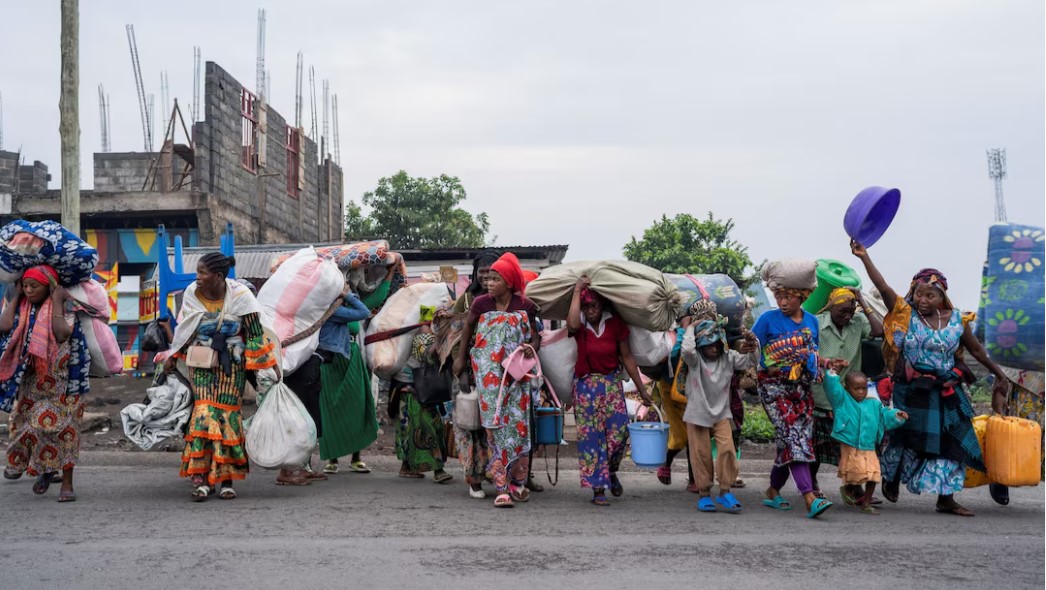Explainer: Why is eastern Congo's M23 conflict escalating?
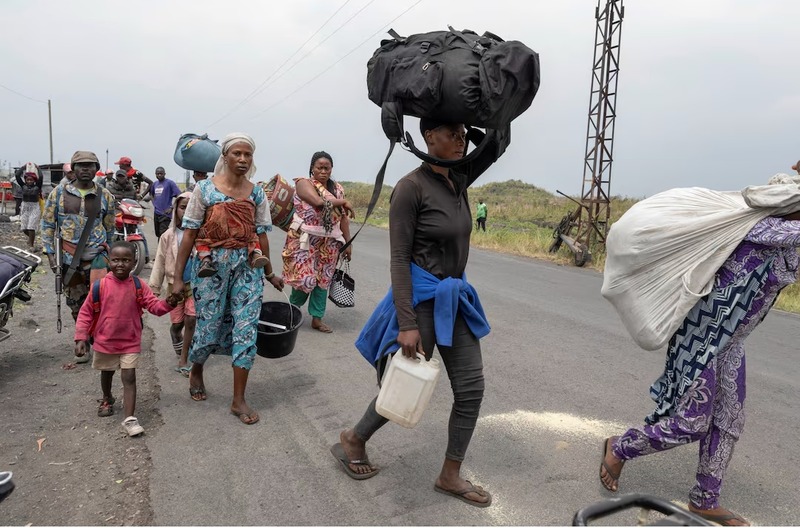
M23, which refers to the March 23, 2009, accord that ended a previous Tutsi-led revolt in eastern Congo, is the latest group of ethnic Tutsi-led insurgents to take up arms against Congolese forces. It launched the current rebellion in 2022.
A three-year insurgency in Democratic Republic of Congo's mineral-rich east has intensified since the start of this year, with M23 rebels seizing control of more territory than ever before and vowing to take the largest eastern city, Goma.
The United Nations has warned that the fighting risks spiralling into an all-out conflict in Africa's Great Lakes region akin to two devastating wars between 1996 and 2003 that cost millions of lives.
More To Read
- DRC rebel alliance leader says they have taken Goma as thousands flee fighting
- DRC authorities block access to Goma airport as rebels advance
- DR Congo cuts ties with Rwanda as eastern conflict escalates, peacekeepers killed
- AU Commission Chair Moussa Faki raises alarm over worsening crisis in Eastern DRC
WHO ARE M23?
M23, which refers to the March 23, 2009, accord that ended a previous Tutsi-led revolt in eastern Congo, is the latest group of ethnic Tutsi-led insurgents to take up arms against Congolese forces. It launched the current rebellion in 2022.
The group has accused the government of Congo of not living up to the peace deal and fully integrating Congolese Tutsis into the army and administration. It also vows to defend Tutsi interests, particularly against ethnic Hutu militias such as the Democratic Forces for the Liberation of Rwanda (FDLR), founded by Hutus who fled Rwanda after participating in the 1994 genocide of more than 800,000 Tutsis and moderate Hutus.
Since the start of 2025, the rebels have seized new territory and closed in on Goma, the provincial capital, prompting hundreds of thousands more people to flee their homes.
For more than a year, M23 has controlled Congo's coltan-mining region of Rubaya, generating an estimated $800,000 per month through a production tax, according to the U.N. The mineral coltan is used in the production of smartphones and other equipment.
The group's spread into new territories in recent weeks gives it scope to acquire more mining revenue, analysts say.
The government of Congo, U.N. officials and Western powers including the United States have accused Congo's neighbour Rwanda of fuelling the conflict by deploying thousands of its own troops and heavy weapons on Congolese soil in support of M23.
The accusations are based on a 2022 report by a U.N. Group of Experts that said it had "solid evidence" that Rwandan troops had been fighting alongside the M23 rebels.
Rwanda, which denies backing the rebels, says it has taken what it calls defensive measures and accuses Congo of fighting alongside the FDLR, which has attacked Tutsis in both countries.
Rwanda has a long history of military intervention inside Congo. It and Uganda invaded in 1996 and 1998, claiming they were defending themselves against local militia groups.
OTHER FORCES
U.N. peacekeepers are supporting the Congolese army's efforts to curb the M23 as part of the MONUSCO mission's years-long mandate to counter the many rebel groups active in eastern Congo.
An agreed withdrawal of the mission from Congo has been paused due to the deteriorating security situation. As of December, there were nearly 11,000 peacekeepers on the ground, mostly in the east.
The 16-member Southern African Development Community (SADC) also extended its military mission in Congo late last year.
Nine South African peacekeepers deployed with SADC and MONUSCO forces were killed in late January during joint efforts to halt the M23 advance on Goma, as well as three Malawians and one Uruguayan.
Top Stories Today
